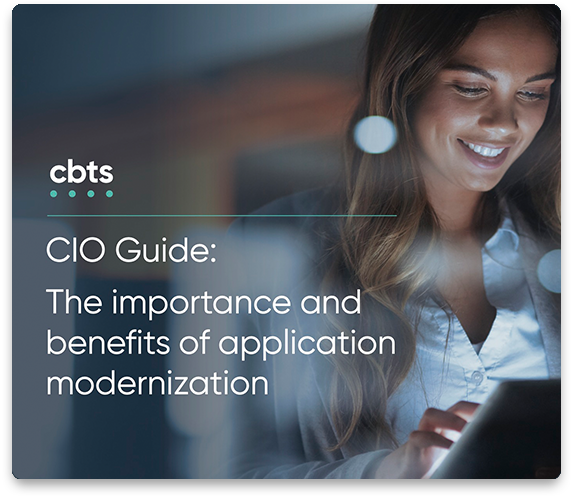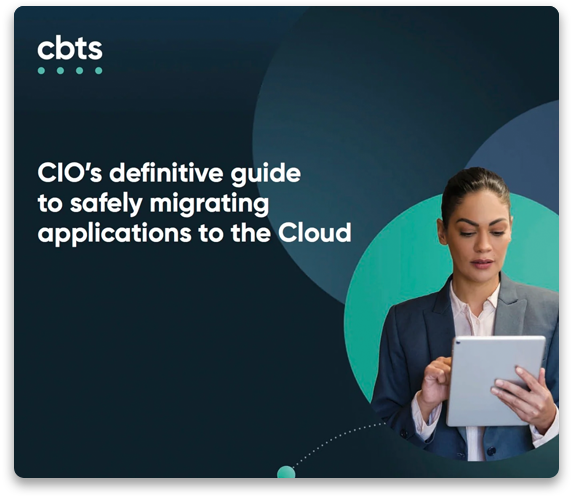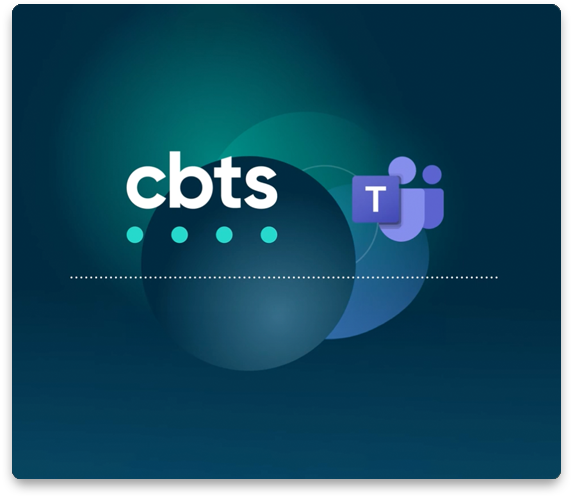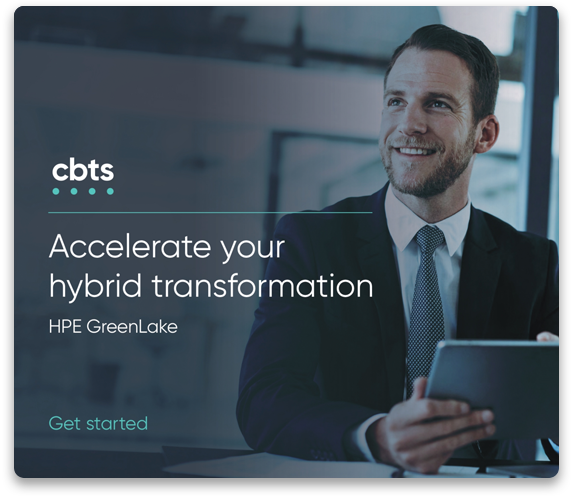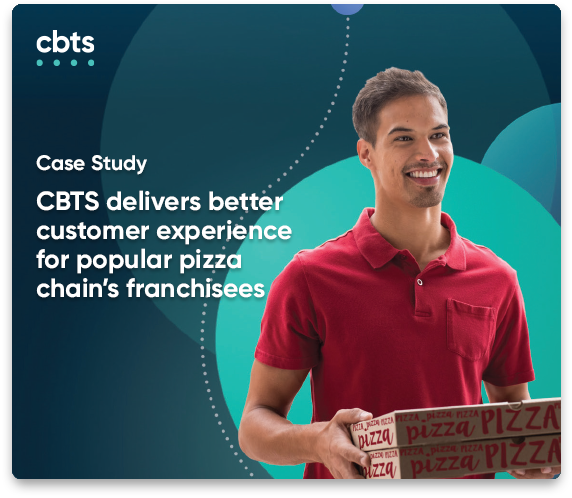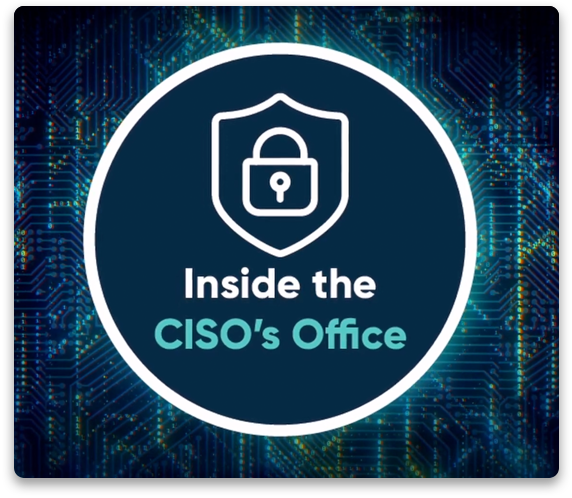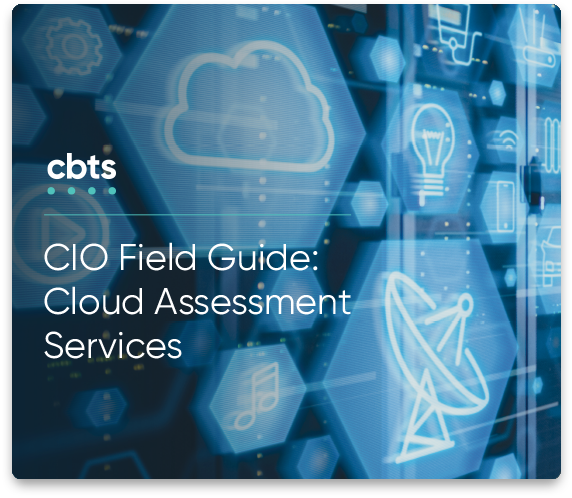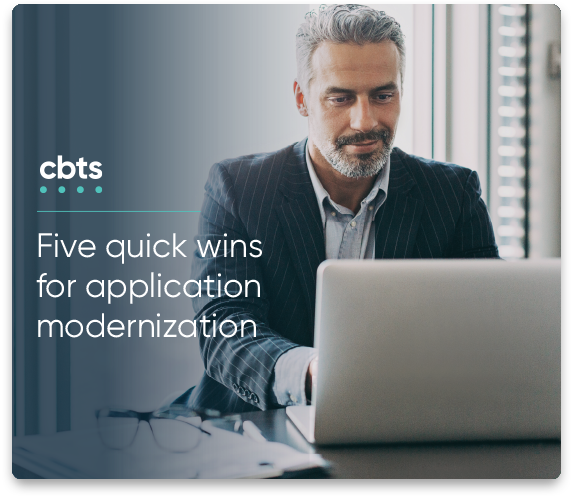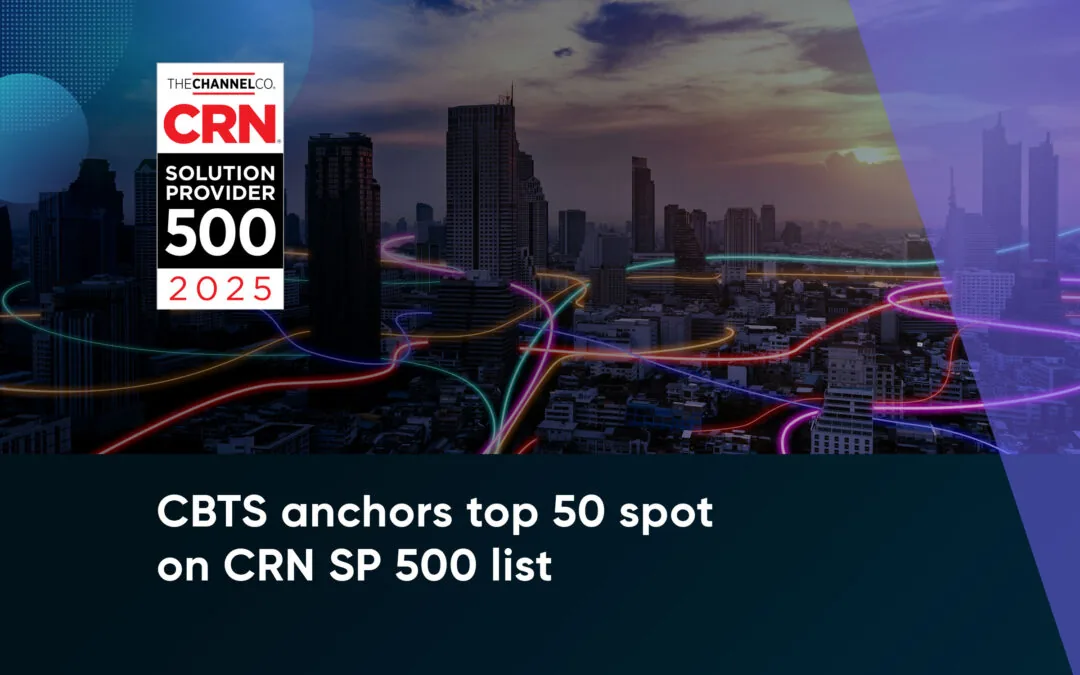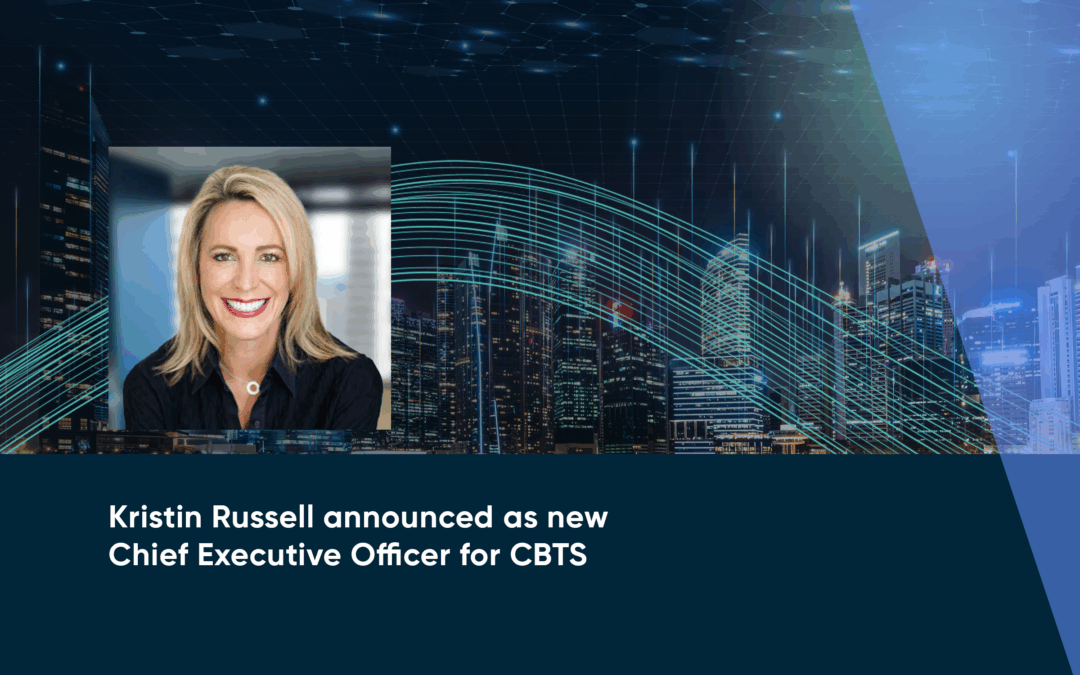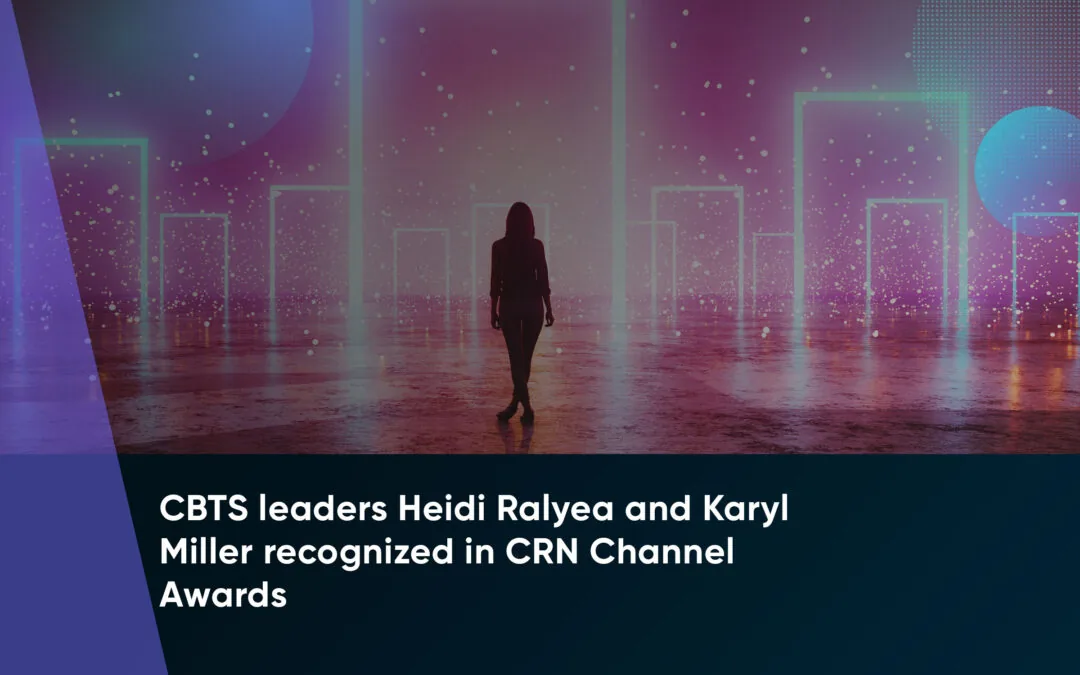
2024 promises to be a pinnacle year for cloud computing. Gartner predicts worldwide cloud spending will rise to $678.8 billion this year, an incredible growth of 20.4%. But the forces driving cloud adoption are beginning to shift. Rather than cloud technology acting to transform organizations, the demand from various sectors is starting to influence cloud offerings themselves.
For instance, as more and more organizations incorporate artificial intelligence (AI) into their workflows, stakeholders seek out public and hybrid cloud solutions that offer a hyper-scalable infrastructure to support AI use. Additionally, complex environments and compliance requirements fuel the growth of “industry cloud” platforms, which are cloud services tailored to the specific data and regulatory needs of industries such as finance, healthcare, and retail. 2024 is poised to be a pivotal year for the growth of industry cloud platforms, with Gartner predicting 70% adoption by 2027, up from a meager 15% in 2023.
However, organizations seeking new ways to modernize their IT operations in 2024 must consider the growing threat landscape that increasingly targets cloud environments. This post reviews these modernization trends and the security technologies emerging to support innovations in enterprise-level IT.
IT modernization trends for 2024
AI and ML will drive cloud spending
Cloud spending has slowed in recent years primarily due to product maturation and organizations working to optimize their IT budgets. However, AI and machine learning (ML) are a shot in the arm for cloud spending. The big cloud providers (AWS, Google, Microsoft) are investing billions to implement AI for various use cases in the Cloud, including customer service, intelligent networking, data analysis, IoT device management, and security deployments.
Hybrid and multi-cloud adoption
Crackdowns in data compliance regulations make hybrid and multi-cloud deployments much more attractive for enterprises, especially those in highly regulated industries. Multi-clouds, with proper configurations, can also offer increased efficiency, streamlined workflows, and a secure method of generating disaster recovery systems.
Sustainability
More and more, technology providers are listening to consumer demand by prioritizing sustainability efforts. AWS, Google, and Microsoft all plan to become carbon neutral or negative within the next ten years. This shift means that energy efficiency at scale will become progressively more critical. Cloud data centers seek renewable energy sources such as wind and solar. Additionally, cloud providers are deploying AI (in yet another use case) to analyze and optimize energy usage.
Enhanced edge computing and IoT devices
5G technology and other low-latency networking allow edge computing to benefit fully from the Cloud. Organizations can use IoT devices such as cameras and sensors to take advantage of real-time analytics or set up alerts. Use cases include modernized retail stores, intelligent factory floors, and even guest services in the amusement industry.
Learn more: How cloud technology is revolutionizing retail
Rising adoption of industry clouds
Industry clouds (also known as vertical or industry-specific cloud platforms) are an emerging technology field. There is some dispute about what an industry cloud is and is not. Confounding the issue is the overlap between industry clouds and existing cloud services. Initially, industry clouds were niche offerings, but as regulatory bodies continue to tighten compliance rules in an effort to stay ahead of bad actors, the large cloud providers have turned their attention to the space. At CBTS, we highly recommend working with experienced cloud implementation partners to get the most out of an industry-specific cloud service.
Low-code and no-code development
A shortage in the skilled developer workforce and the rising demand for hyper-specific apps and workflows have led to several low-code and no-code development platforms. We see low-code development as part of the more significant trend toward automation across industries.
Emerging threats
With the renewed focus on cloud computing that the AI revolution has garnered comes new advancements in the threat landscape. According to a recent security survey, over 80% of new security breaches were found in the Cloud. Last year, the Pentagon suffered a devastating data breach from a misconfiguration in their cloud environment that led to more than a terabyte of exposed data.
Additionally, AI allows bad actors to create deep fake voices, recordings, and videos that they can leverage to impersonate high-level users to secure admin privileges. One such breach happened to casino giant MGM when a hacker stole credentials by claiming to be a security team member who needed to reset their password.
Read more: Cybersecurity highlights of 2023
Securing cloud innovations
To address these evolving threats and embrace the advantages of AI and cloud computing advances, security teams are closely following and implementing the latest in the following cloud security technology trends:
- Zero trust security – Based on government and security industry recommendations, zero trust will become more prevalent in 2024, perhaps becoming the standard for cloud security despite implementation challenges.
- Cloud-native security – Organizations have become more dependent on cloud technology and must implement cloud-native security tools to protect those assets. We predict greater visibility and further unification of cloud-native security as platforms continue to condense.
- Cloud security posture management (CSPM) – CSPM will grow in importance over the coming year as the monitoring and remediation tools it offers will be vital in preventing and mitigating the risk of data breaches.
- Cloud access security broker (CASB) – As environments become more diverse with the increased use of IoT devices and BYOD, CASB—which merges several cloud security technologies—will be essential in maintaining compliance and filling security gaps.
- Cloud security automation – By automating security alerts—and remediation efforts in some cases—enterprises can stay ahead of bad actors by utilizing machine learning.
Although not strictly a technology trend, training, education, and awareness will also be crucial components of each organization’s security fabric, as a majority of breaches still come from user error and, increasingly, insider threats.
Learn more: How integrated cloud security affects your bottom line
Embracing the next stages of IT modernization
Cloud computing will continue to grow, with an emphasis on expanded AI usage and industry cloud platforms tailored to specific data and regulatory needs. In 2024, spending on AI and machine learning will rise, as will adopting hybrid and multi-cloud solutions, sustainability initiatives, and using low-code and no-code development platforms.
However, the growing threat landscape targeting cloud environments demonstrates the need for security technologies to keep pace with IT innovations. It’s not enough for organizations to innovate. They must also secure their environments at the same pace. CBTS security experts track the emerging threat landscape through partnerships with industry-leading cloud providers and security technology solutions. Additionally, our team can help your organization plan and execute IT modernization projects ranging from application modernization and cloud migration to infrastructure upgrades.
Get in touch with one of our experts to learn more.

